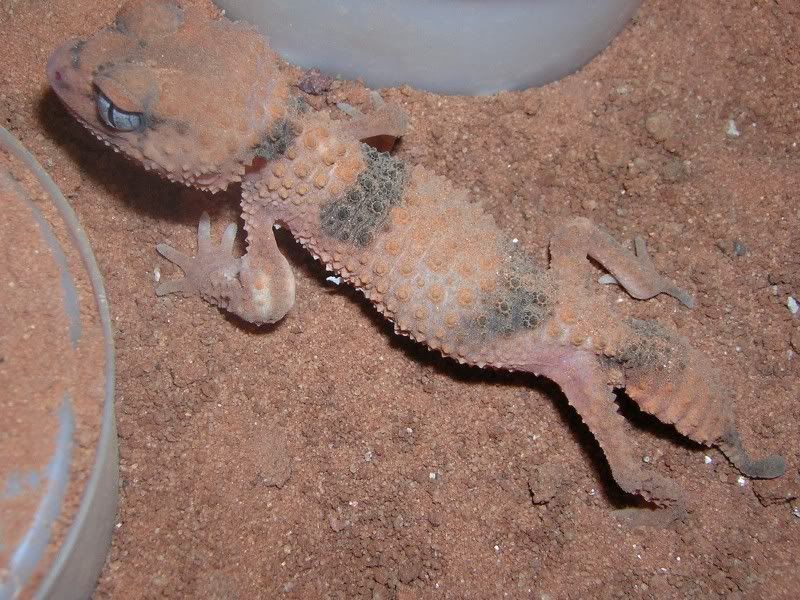Geckoholic
New member
Let me start off by saying I had this exact problem with a taenicauda about 3 months ago. The gecko showed signs of a swollen joint on the front leg. She was brought to the vet and it was thought that she was suffering from septicemia, a bacterial infection (very possibly pseudomonas), and was given a total of 7 daily injections of baytril. The vet believed that a very small cut on the toe of that same leg (only really noticeable with the aid of a magnifying glass) was what started the infection. After 7 days there had been absolutely no decrease in swelling so the animal was brought back to be re-examined. I was then given a different antibiotic to be injected every other day (don’t remember what this was off the top of my head). After 2 additional weeks no progress was seen and there was now swelling at the joint in both font legs and one rear. Needless to say the animal ended up dying.
I am now seeing the exact say problem in one of my wheeleri. I do not want to see a repeat of the above incident. What is causing this swelling and how do I fix it. Any help will be GREATLY appreciated.
Thanks,
Steve

I am now seeing the exact say problem in one of my wheeleri. I do not want to see a repeat of the above incident. What is causing this swelling and how do I fix it. Any help will be GREATLY appreciated.
Thanks,
Steve


